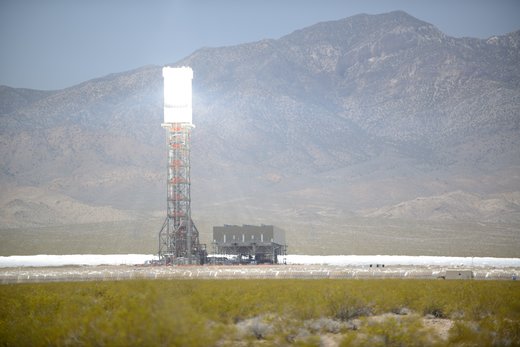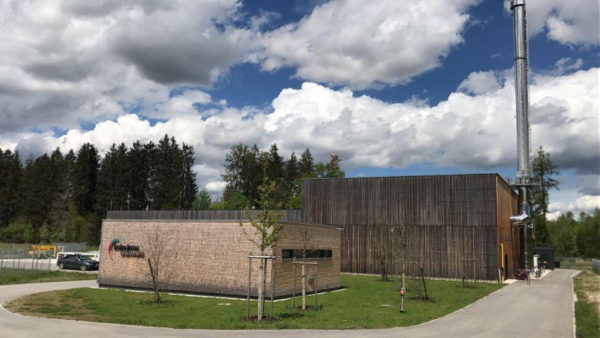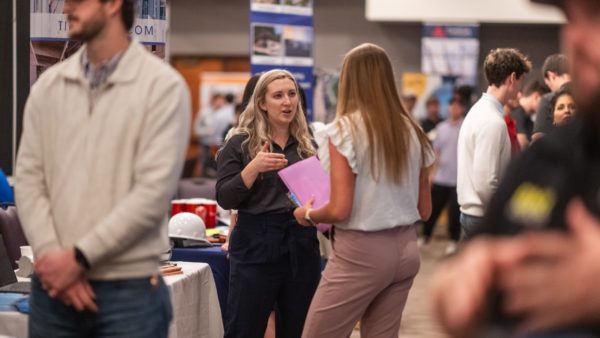11 March 2014
A Stanford scientist has set out a bold new plan to wrench America away from fossil fuels in a generation, and it’s getting celebrity support, Rod Sweet reports.
In just 36 years, the US could power itself completely with renewable energy and, as well as the health, political and environmental benefits, millions of construction and engineering jobs would be created, a leading Stanford University scientist has claimed.
Director of Stanford’s Atmosphere/Energy Program, Mark Jacobson has developed a 50-state roadmap for leading the US out of fossil-fuel dependence to 100% renewable energy by 2050.
He believes that California, for example, can meet all its power needs (for transportation, electricity, heating, etc.) by switching to a clean technology portfolio that is 55% solar, 35% wind (on- and offshore), 5% geothermal and 4% hydroelectric.
He takes a hard line on "clean": nuclear power, ethanol and other biofuels do not feature in his proposed energy mix for any of the states.
California’s transition alone, Jacobson claims, would create 544,000 construction jobs, more than 200,000 permanent operational jobs, and save nearly $145bn in mortality and illness costs thanks to the reduction in pollution.
All US states have equally ambitious roadmaps in the plan he unveiled last month at the annual meeting of the American Association for the Advancement of Science in Chicago.
"Drastic problems require drastic and immediate solutions," said Jacobson, a professor of civil and environmental engineering at Stanford. "Our new roadmap is designed to provide each state a first step toward a renewable future."
The motivation for the plan, he said, is to address the negative impacts on climate and human health from widespread use of coal, oil and natural gas. Replacing these fossil fuels with clean technologies would significantly reduce carbon dioxide emissions that contribute to global warming and spare the lives of an estimated 59,000 Americans who die from exposure to air pollution annually, he said.

The Ivanpah solar generating plant (pictured) in California’s Mojave Desert has a planned capacity of 392MW. Stanford’s Mark Jacobson believes solar could provide 55% of the state’s power (Aioannides/Wikimedia Commons)
In recent years, Jacobson and his colleagues have developed detailed proposals for converting the energy infrastructures of New York, California and Washington states to 100% wind, water and solar power by 2050.
The proposals are not without their detractors. Last year four researchers from Carnegie Mellon University published a critique of his plan for transforming New York’s energy mix in the journal, Energy Policy, suggesting that he had not adequately addressed the cost of such a transition and accusing Jacobson of other "oversimplifications". Jacobson and colleagues hit back with a staunch defense. (See here)
Meanwhile, his latest plan has attracted celebrity support in America. It’s backed by the actor Mark Ruffalo, co-star of The Avengers, plus Gaslands film director Josh Fox and Leilani Münter, a professional racing driver. To publicise the plan, Ruffalo joined Münter at a Daytona National Speedway racing event on 15 February.
The new plan includes an online interactive map tailored to maximize the renewable resource potential of each of the 50 states.
"Global warming, air pollution and energy insecurity are three of the most significant problems facing the world today," said Jacobson in an interview published on the Stanford University website.
"The new map provides all of the basic information, such as how many wind turbines and solar panels would be needed to power each state, how much land area would be required, what would be the cost and cost savings, how many jobs would be created, and how much pollution-related mortality and global-warming emissions would be avoided," Jacobson said.
"Unfortunately, scientific results are often glossed over. The Solutions Project was born with the vision of combining science with business, policy and public outreach through social media and cultural leaders – often artists and entertainers who can get the information out – to study and simultaneously address these global challenges."
The plan can be seen here










